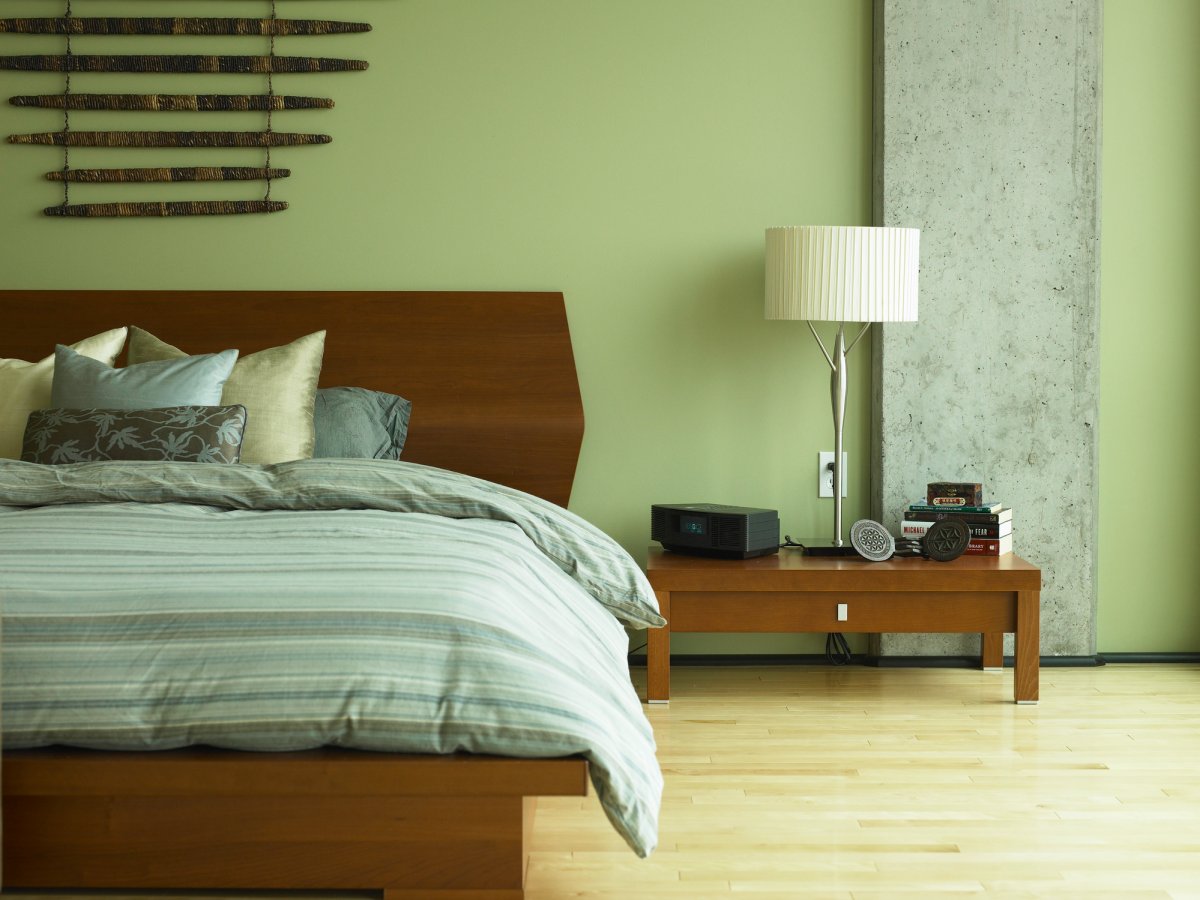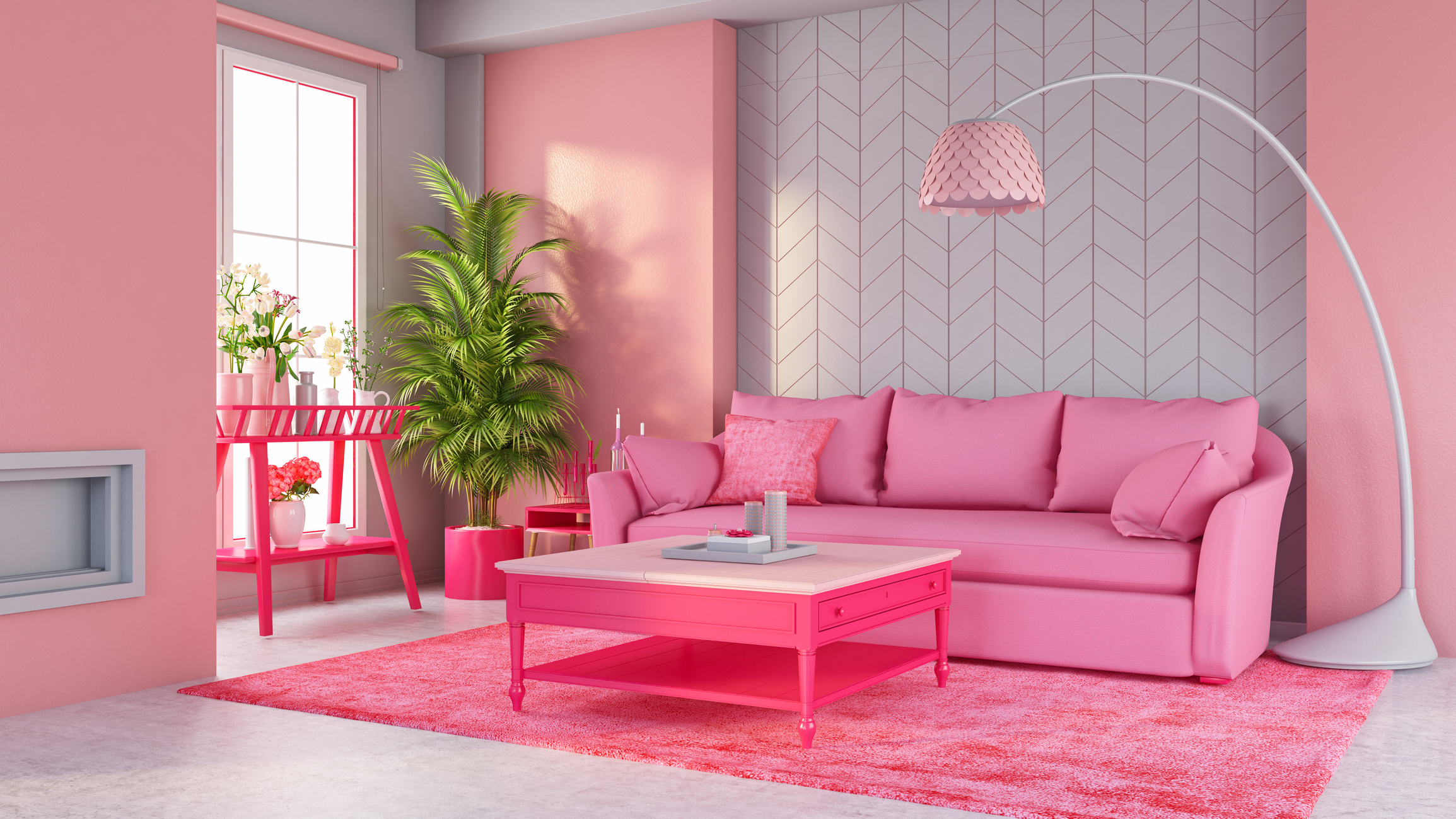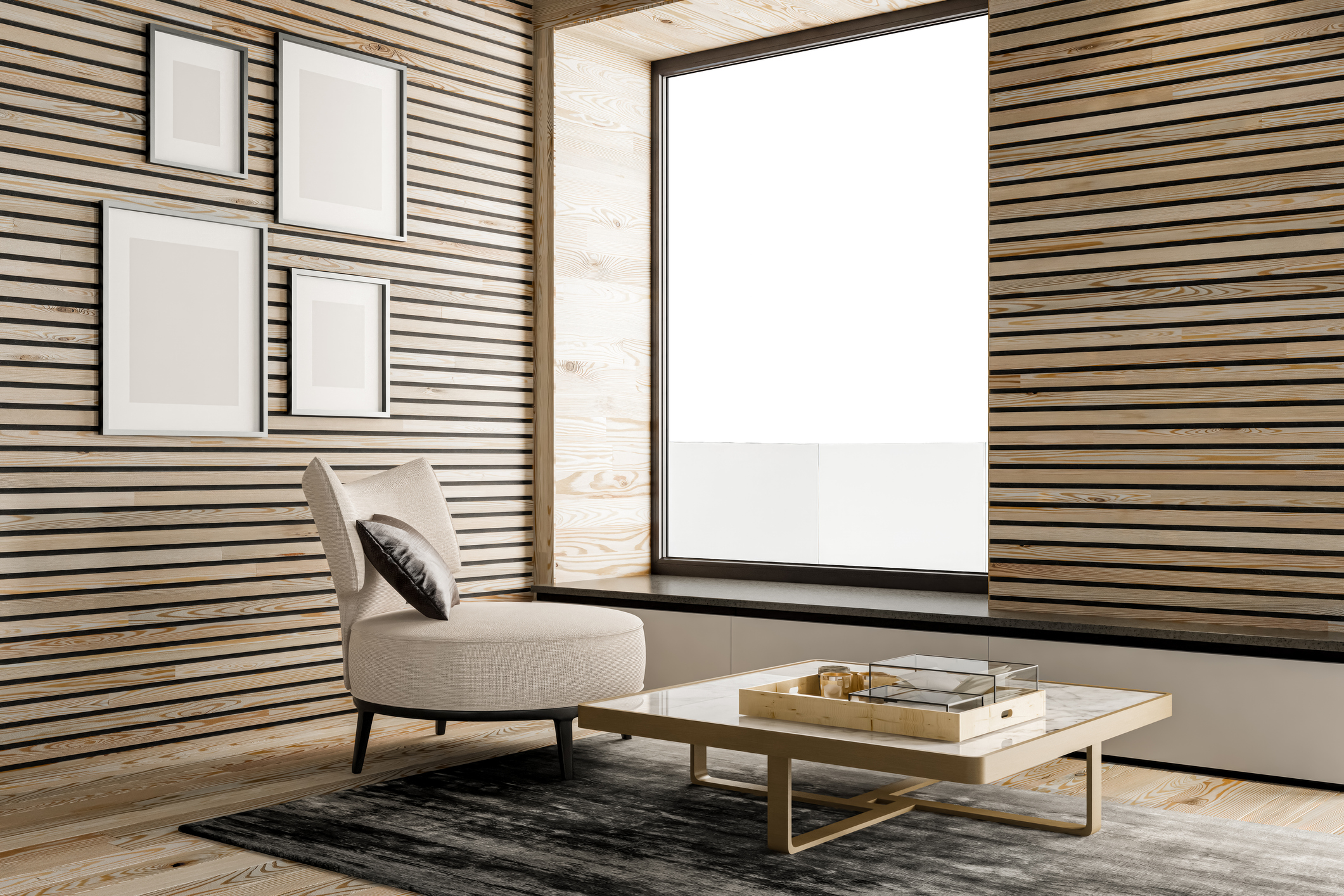

We may earn revenue from the products available on this page and participate in affiliate programs. Learn More ›
Sometimes too much of a good thing can actually work. Color drenching and wood drenching are taking center stage as the latest interior design trends, topping the Houzz Emerging Summer Trends Report, along with other industry sources. Interior designers and homeowners are embracing this technique to help elevate a space by providing an attractive, immersive aesthetic.
While drenching might be in fashion now, it actually has been around throughout history, from the dramatic jewel-toned rooms of the Victorian era to the monochrome look of the 1970s and 1980s. It’s a versatile approach to decorating that can work in just about any style home.
Whether it involves enveloping a room in a single saturated paint color or covering walls, ceilings, and trim in continuous wood tones, this design approach creates a unified, cocoon-like atmosphere that can feel bold and dramatic or warm and comforting, depending on the palette and décor choices made. Drenching also can help a room appear more seamless and expansive.
Keep reading to learn more about how this trend can transform your home with a fresh new look.
What Is Drenching?
Color drenching is the idea of saturating a room in one hue to create a monochromatic look. It entails sticking with a single paint color (or shades of that color) across the entire room—walls, trim, molding, ceiling, doors, flooring, and furniture—to create a strong, unified look, says Jennifer Rogers, designer at BKC Kitchen and Bath in Englewood, Colorado. “Depending on the color, it can either calm things down or bring in energy,” says Rogers. It can also make a room feel more cohesive and carefully curated.
Similarly, wood drenching uses a variety of wood tones and wooden materials to cover an entire room. “It is a full immersion experience in both real and perceived wood elements within an environment where wood is used throughout a room, on the walls, ceilings, furnishings, and even art and accessories in a way that feels cohesive and complementary and not overwhelming,” says Patrick Knowles, founder of Patrick Knowles Designs in Fort Lauderdale, Florida. It’s a wonderful way to add character, craftmanship, and depth to a space while showcasing natural elements.

Why Drenching Is Trending
Styles are often cyclical, but why is drenching in vogue now? First of all, it’s easy and you don’t have to overthink it to achieve a sophisticated, cohesive, inviting vibe, says Andrea Sinkin of Andrea Sinkin Design in New York. In addition, drenching is versatile; you can apply it to different types of rooms and achieve a variety of looks, whether aiming for a soft, soothing bedroom or a flashy game room. Finally, more available tools now help homeowners preview paint colors in their space to really understand what it will look like, says Rogers.
The popularity of wood drenching ties into the biophilic design approach that’s still very present in interiors, which is about connecting to nature and bringing the outdoors inside, notes Rogers. “People want to feel a connection to nature in their homes, and this is one way to get there.” There’s also the sustainability side. “More designers are turning to reclaimed or responsibly sourced wood; it’s not only better for the environment, but it adds a bit of history and character, too,” adds Rogers.
How to Color-Drench a Room
If you are ready to try some color drenching magic in your home, here are some tips and tricks to keep in mind:
- Test color choices in different lighting before committing to a specific paint.
- You can incorporate upholstery in the same color, or you can opt for furniture that offers a bit of contrast, says Sinkin.
- Feel free to mix up the finishes a bit. “A matte wall with glossier trim adds just enough contrast so the space doesn’t fall flat,” says Rogers.
- Pay attention to natural lighting in the room, suggests Rogers. “If the room gets a lot of light, you can go darker without it feeling too heavy. However, if the room doesn’t get much natural light, lighter colors usually work better since they help keep things from feeling too closed in,” he says.
- Include some contrast pieces, such as art, window treatments, or a rug.
- Add dimension by hanging patterned or textured wallpaper in the same shade.

Mistakes to Avoid When Color Drenching
Keep these faux pas in mind:
- “You cannot color-drench a room that does not have a clearly defined opening; you need to have trim separating the space or a door,” says Sinkin.
- Don’t forget about architectural details like paneling, crown molding, and trim when painting in the chosen color.
- Neglecting the ceiling can leave the look feeling unfinished.
- Don’t choose a dark color in a small, dimly lit room or it can make the space feel cavernous.
- Avoid making the space too monotonous. Be sure to balance the color with décor. It’s important to break it up with accessories, art, and furniture that introduce variety, such as other shades and some texture or patterns.
How to Wood-Drench a Room
Wood drenching offers another way to design a cohesive space. Here are some guidelines to consider:
- Mix species and tones—such as pairing pale oak with a few pieces in something richer like walnut—to keep the look from feeling flat, says Rogers.
- Look for wood in the same color palette that has varying grain and texture to add depth and interest, Rogers adds.
- Stick to lighter wood tones if you want to open up a room, especially if there isn’t a lot of natural light.
- Create balance by incorporating other materials besides wood, says Knowles. He suggests using metals like bronze or nickel; natural stones like marble, onyx, or quartzite; mirrors; and/or textiles to break up all the wood.
- “Try to choose eco-friendly options like bamboo, which is strong and sustainable, and cherry, oak, walnut, and maple, which can be harvested responsibly,” says Knowles.
- Incorporate furniture that has some wood, such as a wooden coffee table with a metal frame.
- Vary the width and direction of wood paneling to create interest.
- Choose which rooms to wood-drench carefully. It’s most effective in small spaces where you want to create a cozy atmosphere, such as an office, library, bar, or den.
- Accentuate architectural features, such as tall, vaulted ceilings, along with beams and appliques.

Mistakes to Avoid When Wood Drenching
Knowles provides the following warnings when it comes to wood drenching:
- Be mindful of application. Using a soft wood species on surfaces that will experience excessive wear will detract from your design aesthetic due to poor performance.
- Be conscious of the cut of wood you specify to avoid having too many different looks in the same area.
- Understand the limitations of the wood species you specify, such as their rate of fracture and expansion, to avoid ruining your design.
- Avoid dying or staining woods in the “color of the year” since such colors tend to go out of fashion relatively quickly.
- Stay away from graphic designs like inlays that can age your room too quickly.
